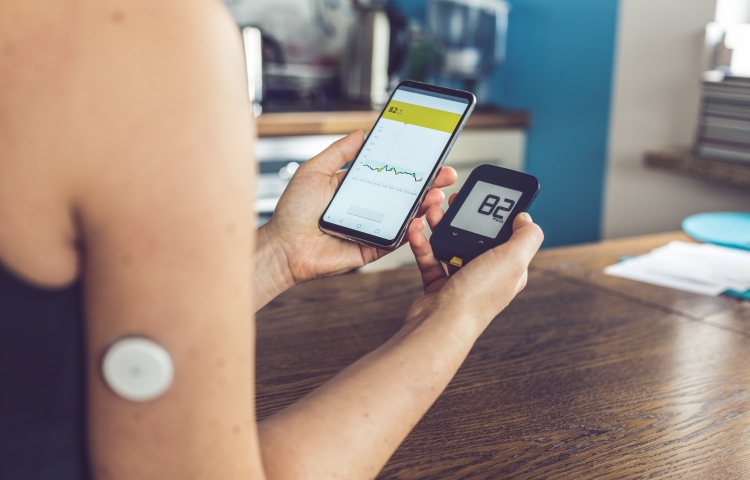
Simplify Collection of Medical-Grade Personal Health Data Over Bluetooth LE and Direct-to-Cloud
By Thom Erickson, Director of Technical Operations, HIMSS
The Integrating the Healthcare Enterprise (IHE) Personal Connected Health (PCH) Program, sponsored by the Personal Connected Health Alliance (PCHAlliance), is developing standards to simplify the collection and sharing of health data generated by personal health devices and mobile applications to improve continuity of care.
The PCH Program is working with the IEEE 11073 Personal Health Devices to define a simplified information model independent of transport. Members are active within the Bluetooth SIG Medical Devices Workgroup to create a Generic Health Sensor (GHS) service and profile based on this model that enables communication of a wide range of health-related observations from sensor devices to collectors. And, as part of the PCH program, the participants are defining a uniform implementation profile following this model to deliver sensor data over cellular Direct-to-Cloud.
The goal of the IEEE 11073-10206 Abstract Content Model (ACOM) is to resolve challenges to standards adoption by drawing upon industry experience to develop a simple model that can be used to represent both the device and the measurement data generated by the device for a wide range of personal health devices in a manner that is familiar to the developer community and that is using the well-established IEEE 11073-10101 nomenclature. Its objects and attributes can be presented as FHIR resources which can be carried in a binary presentation over Bluetooth GATT.
The goal of the Bluetooth GHS service and profile is to support a growing variety of sensor types that are affordable, easy to implement and that can be used at home. Additionally, the aim is to support a wide range of more specialized medical sensors that can communicate seamlessly with health information systems. The generic nature of the service and profile enables products (apps, gateways) developed today to communicate personal health data from sensors developed tomorrow.
The goal of the Direct-to-Cloud (D2C) solution is to simplify and improve the remote patient monitoring experience which will enable a collection of companies – large and small from all corners of the globe – to bring to market the billions of devices that must communicate universally understood health data critical to global health challenges, including treating patients of pandemics. The D2C solution leverages existing industry standards covering cellular Internet of Things communications, the IEEE Personal Health Devices ACOM model, HL7 FHIR compatibility and transport security.
Go deeper: You are invited to check out a technical overview for FHIR Developers of the Abstract Content Model for Personal Health Devices for more information.

